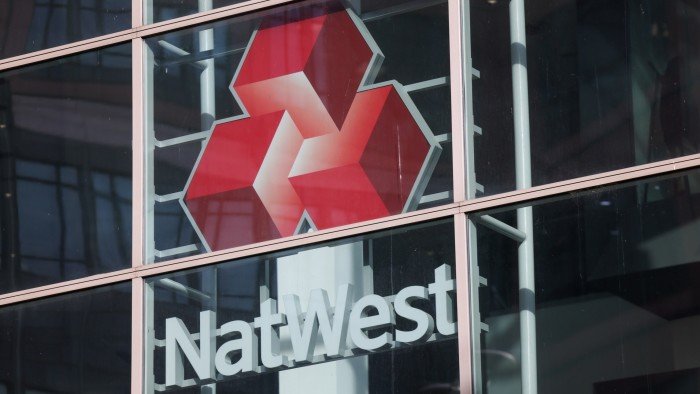Access the Editor’s Digest at no cost
Roula Khalaf, the FT’s Editor, handpicks her top stories in this weekly newsletter.
The writer has authored multiple books about the City and Wall Street
A financial cycle principle introduced by seasoned journalist Christopher Fildes states that calamities tend to occur when the last individual who recalls the previous crisis retires. This saying is something the NatWest board might ponder as they envisage a future without state ownership.
NatWest is the updated name for RBS, which acquired it in 2000. The larger bank adopted a risky strategy focused on acquisitions and high leverage. All current top executives and board members of NatWest have been active throughout the global financial crisis of 2008. Thus, it is improbable that they will replicate the ambitious expansion strategies of former CEO Fred Goodwin, especially as they remember the painful downfall and the government’s £46bn rescue.
However, Fildes’ principle applies to the earlier experiences of NatWest in the late 20th century, which highlight how a previously well-managed bank squandered its reputation.
Established in 1970 through the merger of the Westminster, District, and National Provincial banks, NatWest became a prominent national retail bank, weathering the banking crisis of 1974 quite well. It was known for its conservative, persistent approach, and by 1986, had surpassed its main competitor, Barclays, to become the leader in UK banking. Unfortunately, this peak was short-lived.
The 1980s brought on a wave of trendy financial service conglomerates, with Citigroup and Chase leading the way in the US, alongside the UK’s Big Bang deregulation. NatWest decided to compete on a grander scale, expanding into retail banking across Europe and the US, as well as venturing into investment banking worldwide. During my six years at the investment bank, the operation was frequently unprofitable and fraught with issues. Its international retail ventures were mostly ineffective and often costly.
Meanwhile, NatWest’s UK operations remained highly profitable, thanks to branch consolidations, tech investments, and cautious lending. In 1997, the UK division returned 25.6 percent on equity, while weak results from other segments dragged down the overall group return to 7.8 percent.
From 1993 to 1998, NatWest had the highest cost-income ratio among the top 10 UK banks, a metric seen as a gauge of management performance. Consequently, its share price lagged behind other banks like the recovering Lloyds and Barclays, a fierce rival.
Under pressure from shareholders, NatWest shifted its focus. It divested its US retail operations in 1995, though analysts criticized the sale price as too low, and reduced its investment banking activities in 1997. It quietly exited many European retail branches.
Yet instead of halting to prepare its valuable UK retail bank for competition from newly privatized building societies, the board sought to diversify further. In 1999, it attempted to acquire Legal & General, aiming to create a ‘bancassurance’ model, where banking, insurance, and investment products would be interlinked. While this concept intrigued financial circles, NatWest’s management lacked the credibility to execute such an ambitious proposal.
This left NatWest vulnerable, and following a mere opportunistic bid from the smaller Bank of Scotland, RBS stepped in, outmaneuvering the Bank of Scotland to acquire NatWest in early 2000. “The weight of history was against us,” reflected NatWest’s departing chair. Here, Fildes’ Law was evident: the bancassurance idea was overly ambitious and premature. Shareholders were still keenly aware of past mistakes.
A new chapter has now begun. The UK government sold its remaining stake in the bank last month. While corporate trends ebb and flow, the importance of focusing on core operations remains constant. This might not be the most thrilling aspect of governance, but it is undoubtedly crucial. Moreover, it is not straightforward, especially in today’s challenging banking landscape. Striking a balance between growth and careful risk management, harnessing AI, and competing with fintechs and other challenger banks amidst tough economic conditions demands considerable skill and discipline.
In the 1990s, NatWest lost its hard-earned position as a leader in domestic banking due to excessive and rash diversification. Having taken 17 years to rebuild its credibility and freedom, today’s board will surely want to avoid repeating the blunders of the past, a lesson this writer has learned as well.


